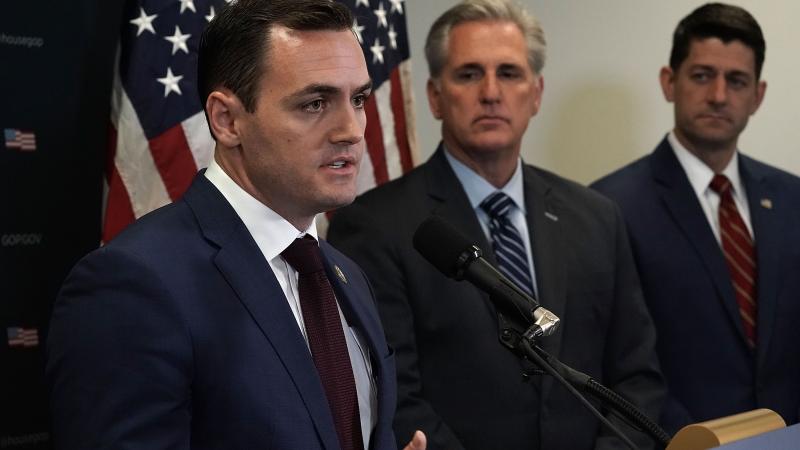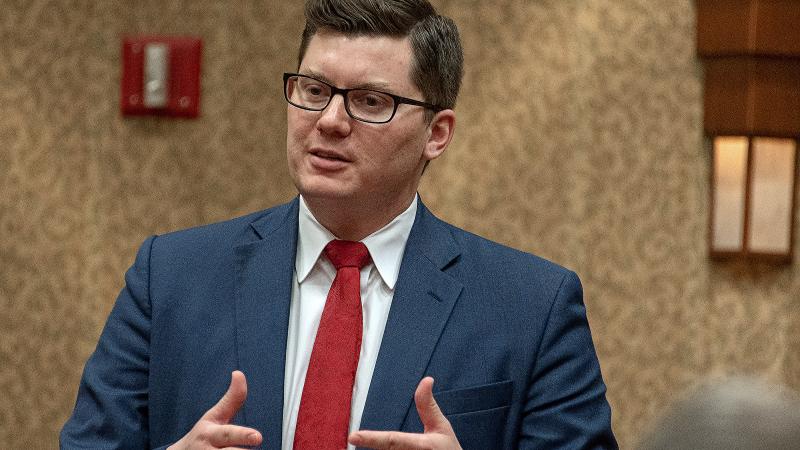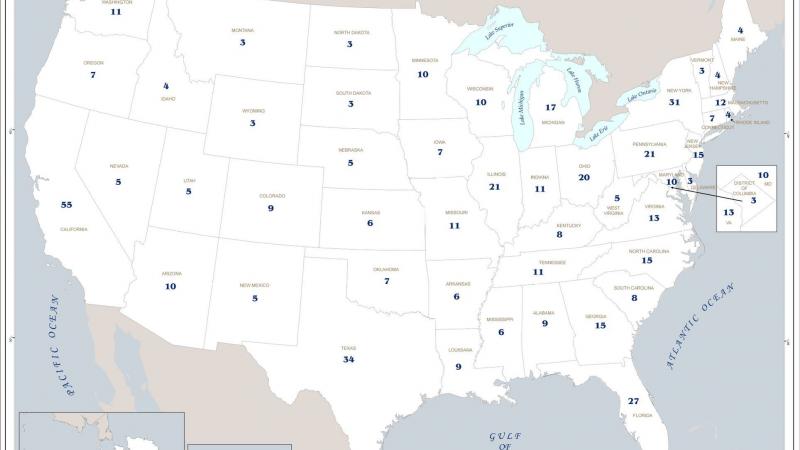CDC director says COVID-19 infections likely 10 times higher than official numbers
Asymptomatic illness is likely hiding much of the spread, he said.
Multiple estimates from noted scientists, including the director of the Centers for Disease Control and Prevention, estimate that the spread of coronavirus across the country may be significantly higher than is currently confirmed, pointing to a much lower fatality rate for the disease as well as the possible ineffectiveness of past and present state-level mitigation efforts
Robert Redfield, the CDC's director, said in a news call on Thursday that the agency's "best estimate right now is that for every case that's reported, there actually are 10 other infections."
That assumption comes from large-scale blood tests that have been performed around the country, the results of which have consistently demonstrated that the virus is likely far more widespread than official numbers indicate.
Citing the high asymptomatic infection rate of COVID-19, Redfield told reporters: "The traditional approach of looking for symptomatic illness and diagnosing it obviously underestimates the total amount of infections."
Redfield on the call urged Americans to continue "maintaining a physical distance of at least six feet in public, wearing face coverings and" washing their hands regularly.
Widespread infection may have been present as early as March
A recent report from scientists at several American institutions, meanwhile, ostensibly takes Redfield's estimates even further, arguing that the United States may have had nearly nine million COVID-19 infections by the end of March, 80 times higher than what was estimated at the time and an indication that the lockdowns put into place around that time may have been far too late to accomplish anything meaningful.
The report, authored by researchers at Penn State University, Cornell University and Montana State University, utilizes data from "influenza surveillance networks" from earlier in the year to estimate the rate of spread of the coronavirus in the United States over the past several months. The first COVID-19 case in the country was confirmed in mid-January of this year.
The scientists "found a surge of non-influenza [influenza-like illness] above the seasonal average in March 2020 and showed that this surge correlated with COVID-19 case counts across states," they write.
"If 1/3 of patients infected with SARS-CoV-2 in the US sought care," they argue further, "this ILI surge would have corresponded to more than 8.7 million new SARS-CoV-2 infections across the US during the three-week period from March 8 to March 28, 2020."
Those findings, if true, are significant: They suggest that the rolling economic lockdowns imposed unilaterally by governors throughout the country during the month of March may have been much too late to have any effect on the spread of the virus here.
Confirmed cases on Mar. 28 were at around 116,000 meaning the true number of cases, per the new research, may have been around 80 times the confirmed number.
















